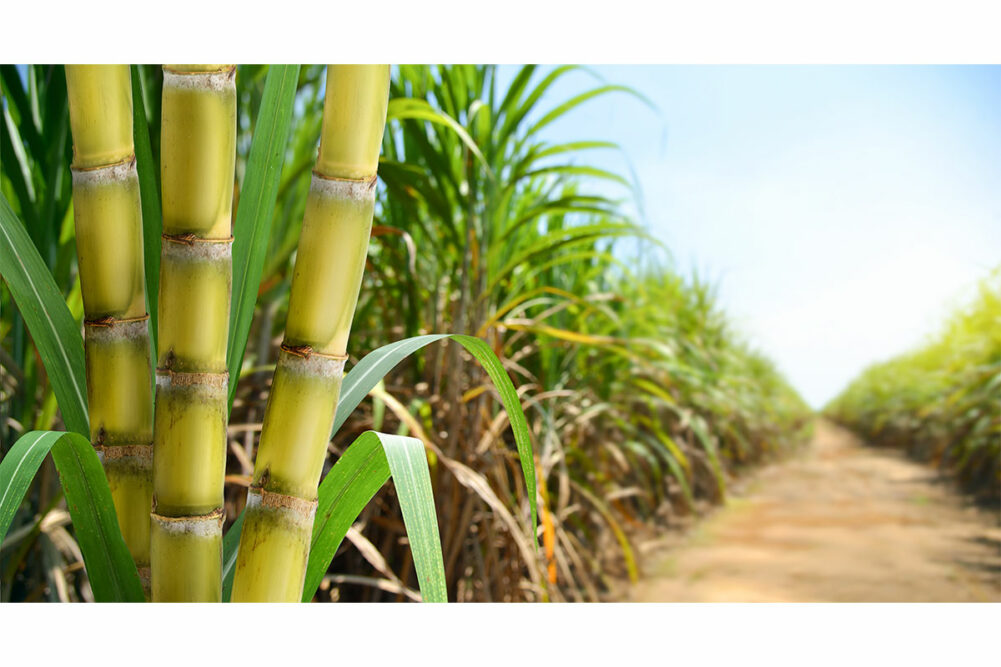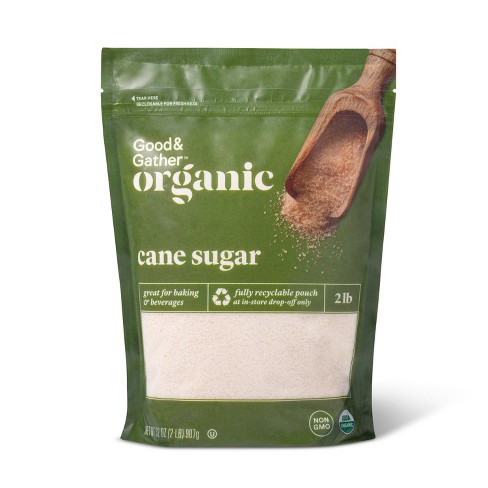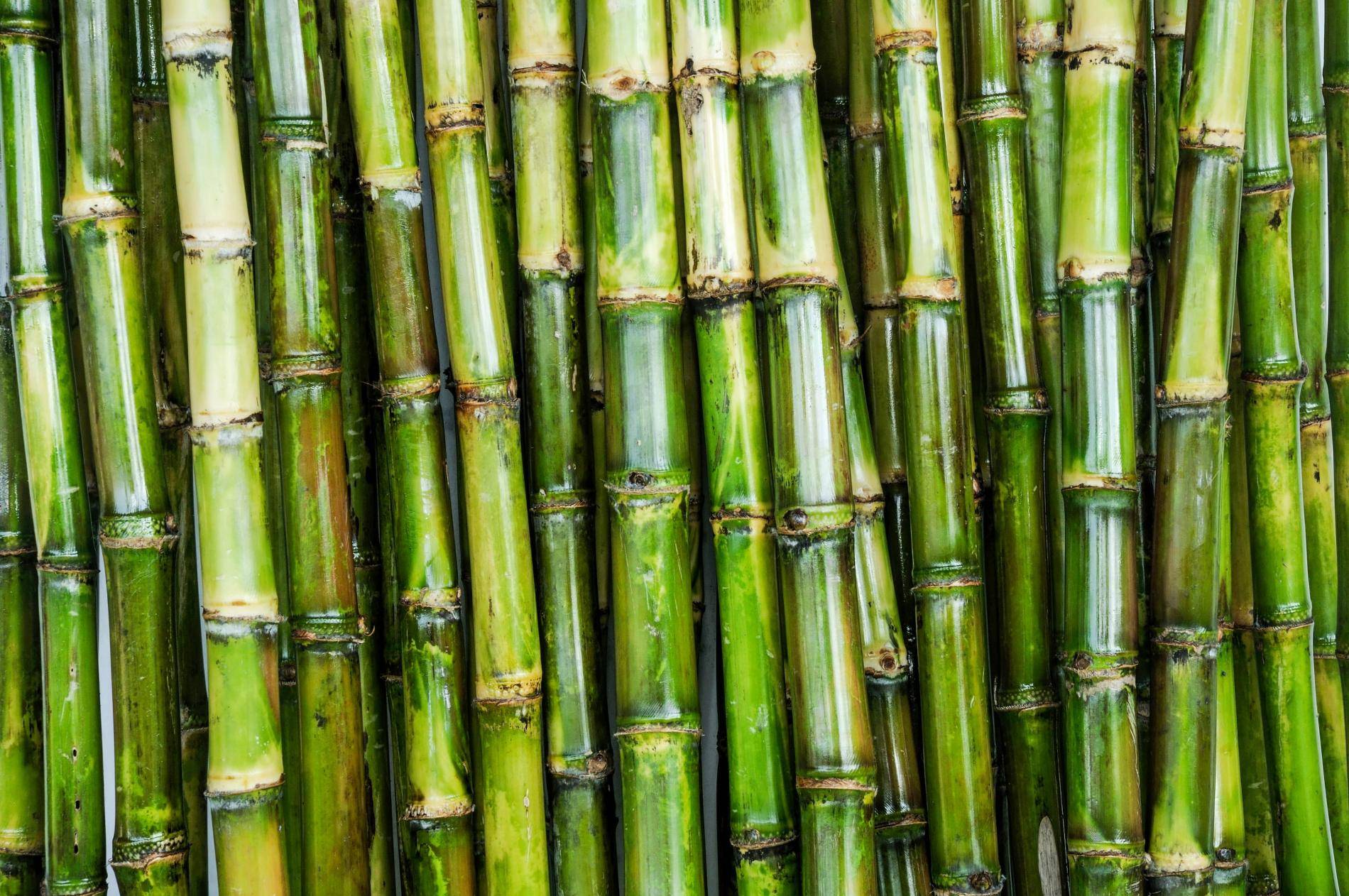Discovering the Comprehensive Tips Associated With Walking Stick Sugar Handling From Collecting to Refinement
The process of cane sugar production incorporates a series of intricate steps, beginning with the cautious harvesting of sugarcane and culminating in the improvement stages that guarantee the end product meets market criteria. Each phase, from the removal of juice to the filtration and formation processes, plays a critical function in figuring out the high quality and character of the sugar. Recognizing these stages not only highlights the intricacy of sugar manufacturing yet additionally increases essential questions concerning performance, sustainability, and advancement in the sector. What effects do these factors have for future methods?
Gathering Sugarcane
Collecting sugarcane is a crucial action in the cane sugar processing chain, as it directly affects the quality and return of the end product. Correct timing and methods are crucial during this phase to make sure optimal sugar web content and decrease losses. Normally, sugarcane is harvested when it reaches maturation, normally 12 to 18 months after growing, defined by a high sucrose concentration.

Post-harvest, the sugarcane needs to be processed promptly to stop sucrose deterioration. Ideally, harvested walking cane ought to be carried to refining facilities within 1 day to preserve sugar high quality. Consequently, reliable logistical preparation is essential to maintain the stability of the harvested crop throughout the supply chain.
Extraction Process

The smashed walking cane undergoes a series of pushing procedures to maximize juice recovery. Normally, warm water is sprayed onto the crushed walking stick, developing a countercurrent flow that assists liquify the sugar while additionally aiding in the removal process. The juice collected from this operation includes not only sugar but likewise numerous natural compounds and contaminations.

To boost removal performance, some facilities may employ diffusion approaches, where the sugarcane is taken in hot water, allowing the soluble sugars to diffuse right into the fluid. The resulting juice, abundant in sucrose, is after that guided to subsequent handling phases, laying the foundation for purification and improvement. The removal process is therefore essential in identifying the high quality and yield of the last sugar item.
Filtration Techniques
The purification strategies employed in walking cane sugar processing are important for transforming the raw juice into a top quality sugar product. These approaches mainly aim to remove pollutants, such as soil, plant materials, and inorganic substances, which can detrimentally impact the end product's taste and color.
This procedure entails adding lime and warmth to the raw juice, which assists in the coagulation of pollutants. Furthermore, the usage of phosphoric acid can improve the information procedure by further binding pollutants.
One more considerable strategy is carbonatation, where carbon dioxide is presented to the cleared up juice. This reaction produces calcium carbonate, which records staying pollutants and advertises their elimination.
In addition, turned on carbon treatment might be put on adsorb any kind of continuing to be colorants and organic pollutants, making sure a much more polished item. The combination of these approaches effectively prepares the sugar juice for subsequent action in the refining process, establishing the stage for the manufacturing of high-quality walking stick sugar.
Formation Techniques
After the purification stage, the following vital step in walking stick sugar processing involves crystallization approaches, which play a crucial function in changing the made clear juice into solid sugar. This procedure generally utilizes two main methods: spontaneous formation and regulated condensation.
In spontaneous condensation, supersaturated sugar services are allowed to cool normally, leading to the development of sugar crystals over time. This technique permits for the consistent development of sugar crystals and greater purity.
During formation, the clarified juice is focused through dissipation, increasing its sugar content up until it reaches supersaturation. When this factor is accomplished, either technique can assist in the crystallization procedure. Cane Sugar Processing. The resultant sugar crystals are then divided from the remaining syrup with centrifugation
Ultimately, the selection of crystallization method influences the top quality, dimension, and purity of the final sugar product, making this action essential in the total cane sugar processing treatment.
Improvement and Packaging
Just how can the pureness and high quality of cane sugar be further improved after condensation? The improvement process plays a crucial role in attaining top notch walking cane sugar. Following condensation, sugar undertakes continue reading this a detailed cleaning to remove contaminations and residual molasses. This is generally completed making use of warm water or heavy steam, which helps liquify and extract undesirable components while maintaining the sugar crystals.
Following, the sugar goes through a procedure called centrifugation, where it is spun at high rates to separate the cleansed sugar crystals from the continuing to be fluid. After centrifugation, the sugar is usually more fine-tuned through a technique called carbonization or phosphatation, which makes use of triggered carbon or phosphoric acid to eliminate color and off-flavors.
Once improved, the sugar is dried to achieve the desired moisture content, guaranteeing that it remains stable throughout storage space and transportation. The final step entails packaging the polished sugar in moisture-proof and airtight containers to preserve its quality and stop contamination. Cane Sugar Processing. Proper product packaging not only extends service life but also promotes simple handling and circulation, guaranteeing that click for more customers get sugar that fulfills the greatest standards of purity and quality
Verdict
The extensive actions associated with walking stick sugar handling, from the careful harvesting of sugarcane to the detailed improvement and packaging stages, underscore the value of each stage in ensuring top quality sugar production. Optimal harvesting methods, efficient extraction techniques, and extensive filtration procedures jointly add to the end product's pureness and stability. The formation and succeeding product packaging methods additionally improve the honesty and life span of the sugar, highlighting the intricacy and accuracy integral in this necessary agricultural sector.
The procedure of walking cane sugar production encompasses a collection of detailed steps, beginning with the cautious harvesting of sugarcane and finishing in the improvement stages that make certain the click site last item fulfills market requirements. Preferably, gathered walking stick must be delivered to refining facilities within 24 hours to preserve sugar quality.In spontaneous crystallization, supersaturated sugar solutions are permitted to cool normally, leading to the development of sugar crystals over time - Cane Sugar Processing. The improvement process plays an essential function in achieving high-grade walking stick sugar.The comprehensive steps involved in walking cane sugar processing, from the careful harvesting of sugarcane to the complex refinement and packaging stages, underscore the importance of each phase in guaranteeing premium sugar manufacturing